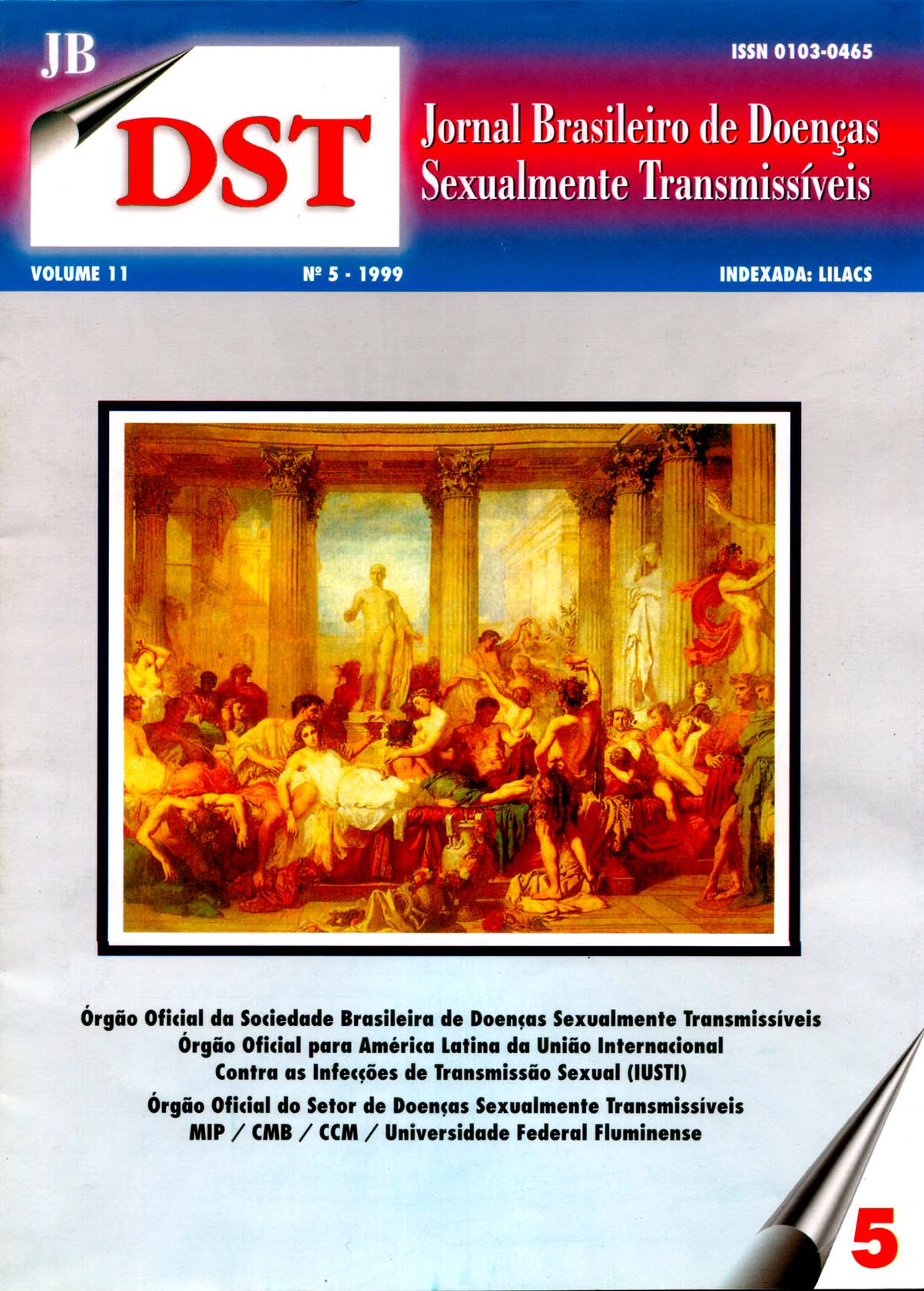Comprehension of HIV/Aids barer behavior drugs users
Keywords:
HN / Aids barer, drugs, Health Belief ModelAbstract
Aiming to cooperate to the comprehension of HIV/Aids barer behavior face to his/ber illness, wc tried to identify the knowledge,attitudes , feelings and belief these patients have about this illness, the conceptioas that influence the persistence of the stigma and both, negative postures in the interacion with ilis/ber relatives. To manage this present research we used as a theorical refcrence th e "He-alth Belief Model" suggestcd by Rosentock, 1996. We made use of patients' statements, to the comprehension of the subjects studied making use of a qualita-tive metbod ology. Tile research was made in the interior of the Scholl Ambulatory. Escola de Enfermagem de Passos - UEMG, where e leven patients, were interviewed, bering ali drug users and having a confirmed diagnosis of HIV/ Aids. Tile study allowed to uaderstand that facing the diagnosis, the HIV/ Aids bearers get away from their frieads and farnily, fearing to be refused by relatives, feeling sometimes to be questioned and frequency re minded that they are HIV/Aids bearers, what makes them in crease their biames. When they don't have enough information, they are afraid of approaching to people they love fearing coatarninate them. We concluded that nurses must be accustomed to possible conllicts tbat may ilappen in such situations feelings the iníluence of a family dynamic that appears as a consequence of emotional problems that arise.












